Everyone claims to have discovered the legendary Holy Grail. But who truly possesses it?
You step into a church or cathedral, and a solemn silence envelops the space. You're captivated by the architectural wonders, the artistic masterpieces, and the rich history and faith that have withstood the test of time.
Then, you venture into a special chapel or museum, housing the most legendary of artifacts: the Holy Grail. There it stands, behind a protective glass case, sparking curiosity and debate.
But what makes this cup the Holy Grail, and not just another ordinary cup?
It's estimated that in Europe alone, about 200 cups claim the title of the Holy Grail - the very cup Jesus Christ used at the Last Supper. Devout followers flock to see them and pay their respects, but which one is the true Grail? Does it even exist?
A symbolic representation
One thing is certain: the Holy Grail has deeply embedded itself in our collective imagination. The theme of a quest is a prevalent motif in literature, art, and movies, often representing our ultimate goals, tantalizingly out of reach. Major medical breakthroughs are also often referred to as the "Holy Grail" for the respective diseases.
The Holy Grail is a popular cultural trope, too. Dan Brown capitalized on this with his interpretation of the Holy Grail in "The Da Vinci Code", suggesting that the Grail was not an object, but a secret - that Jesus Christ had fathered children with Mary Magdalene. And we can't forget Harrison Ford searching for the "cup of a carpenter" in "Indiana Jones and the Last Crusade".
Even in non-Christian stories, the quest motif prevails, from Harry Potter to "The Lord of the Rings".
If we strip away the modern connotations, we're left with a simple definition. The Holy Grail is supposedly the cup Jesus used at the Last Supper.
The cup that Christ drank from before his arrest, trial, and crucifixion would undoubtedly be of interest to Christians worldwide. But Joanne Pierce, a religious studies professor at the College of the Holy Cross in Massachusetts, casts doubt on the existence of the original cup.
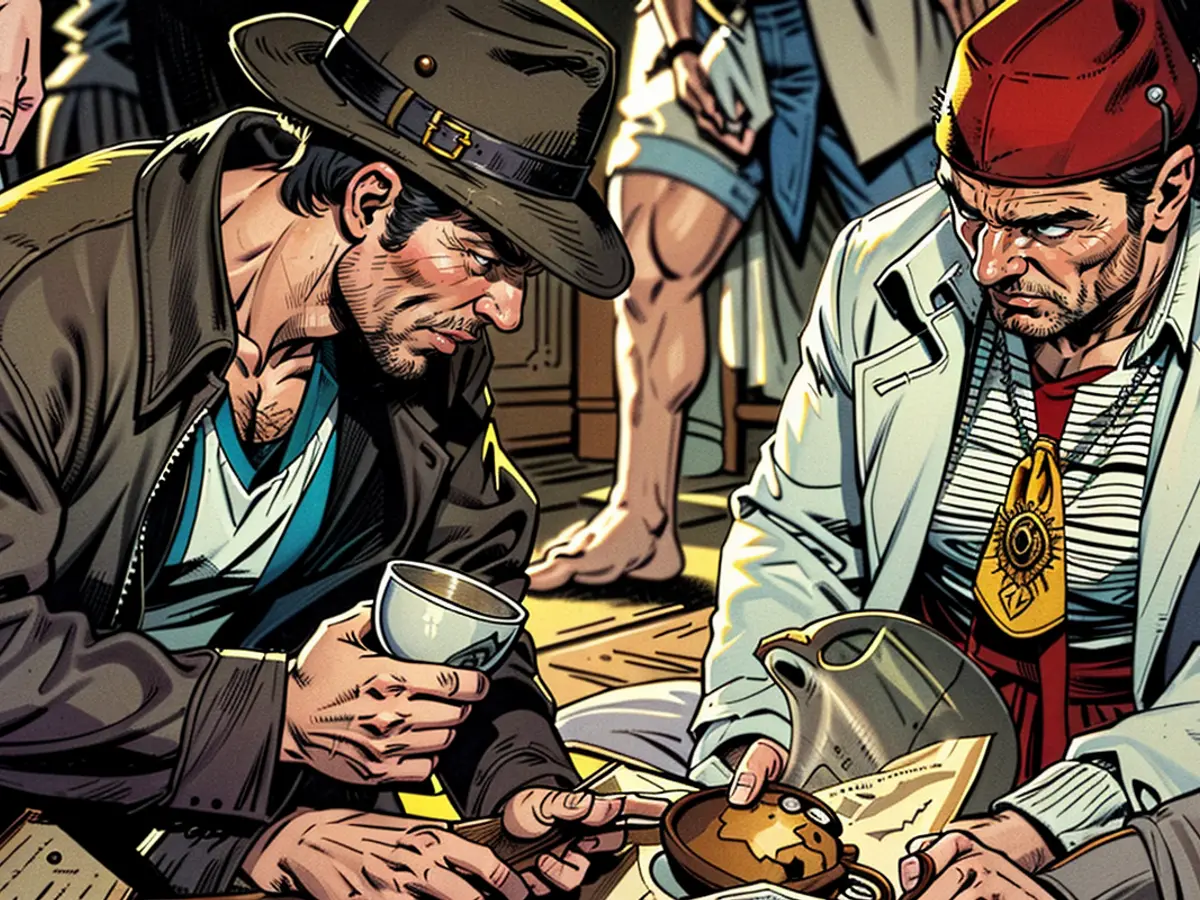
“I honestly do not think that the actual cup from the Last Supper still exists,” she says. “Jesus certainly used a cup at the Last Supper, but if you look at some Gospel accounts, the room was already prepared by someone else [before they arrived]. So it may not have been his cup.”
For Pierce, the idea of the Holy Grail is more symbolic than real - a cultural reality rather than a religious reality. But for many, the Grail is a tangible object, and one that can be seen if you visit Valencia, León, Genoa, or any of the many places where, tradition says the Grail resides.
You might even sense the mystical power of the Grail if you visit one of its supposed hiding places, just out of sight. Up the mountain of Montserrat, outside Barcelona, for example. Or in the Polish countryside, where the enigmatic Knights Templar might have hidden it. Or around Glastonbury Tor, the mysterious hill in southern England, where medieval legend proclaimed that Joseph of Arimathea brought the Grail shortly after Jesus' death.
At Valencia, in eastern Spain, enter the cathedral, and to the right is a chapel, built solely to house the “Santo Cáliz”, or “holy chalice”.
“Tradition reveals that it is the same cup that the Lord used at the Last Supper for the institution of the Eucharist,” says the cathedral’s website about the “Holy Chalice of the Lord’s Supper”.
They believe that St. Peter took it to Rome, from where it was sent to Spain in the third century CE.
Valencia’s tourist board’s website also describes the cup as “the Holy Chalice... used by Jesus Christ at the Last Supper.” Promoting the Holy Grail as a tourist attraction has been popular since the medieval period, when Europeans returning from the Crusades would bring back relics from Jerusalem.
From worship to tourism
Relics have been an integral part of Christianity since its inception, says Pierce. When early Christians were martyred, other believers would pray at their graves. “The martyr acted as a patron or intercessory for their prayers to be lifted up to heaven” – a practice borrowed from ancient Rome, where the “patronage system was an important part of society.” This idea of saints intensifying prayer, or directing it to the appropriate place, remains prevalent in Christianity today.
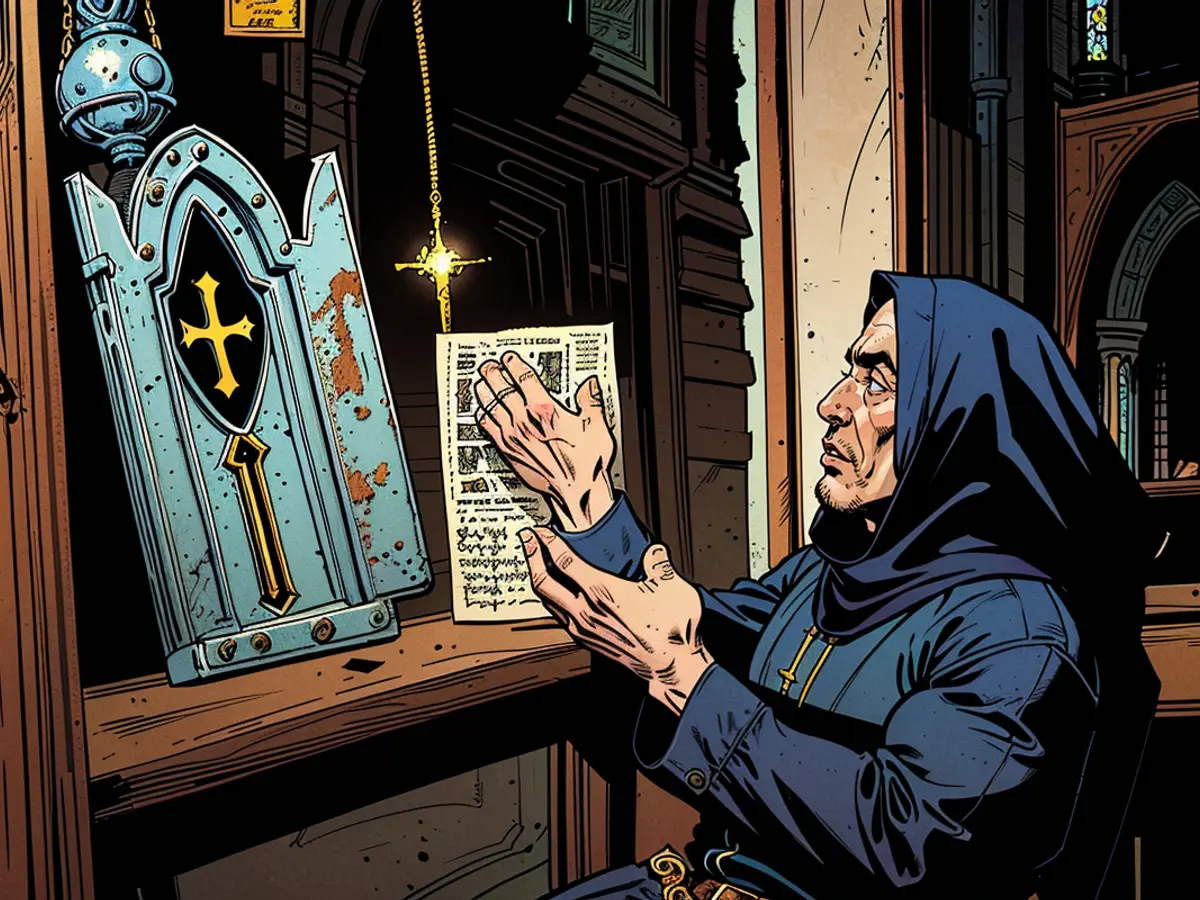
But it wasn't just the graves of martyrs that became sacred; it was anything associated with their bodies or things they had touched. “Objects they might have handled were considered to have that same grace – a connection with the holy,” says Pierce. Of course, the cup Jesus held during the Last Supper, demonstrating to his disciples how to perform the Eucharist, would be the holiest of holy objects.
The quest for the Holy Grail is therefore not surprising. During the time of the Crusades, interest in Jesus' earthly life increased, says Pierce. People were "going back and forth" between Europe and the Holy Land, looking for artifacts that could have been related. That's why most of the supposed Holy Grails around Europe first appeared during those centuries.
"It's much like the fascination with the supernatural we have nowadays," states Mathew Schmalz, the Journal of Global Catholicism's founder and a religious studies professor at Holy Cross.
"In the Middle Ages, it gained public attention more than ever before."
Over time, however, Schmalz explains that amassing relics wasn't solely about connecting with God. "Economic motives related to pilgrimage played a significant role as well," he says.
"Relics were removed from graves and distributed widely. Multiple locations transformed into pilgrimage destinations, which generated substantial income for those in possession of the relics. Tourists would make pilgrimages, thereby boosting the local economy."
In the era of the Crusades, relics were also political tools. "Finding a relic such as the lance that pierced Christ's side was considered proof of the divine mission to 'liberate' the Holy Land," says Schmalz.
Many relics are numerously available today, making some doubtful as genuine. "You could construct an entire city from the supposed true cross's wood," he states.
Jesus or King Arthur?
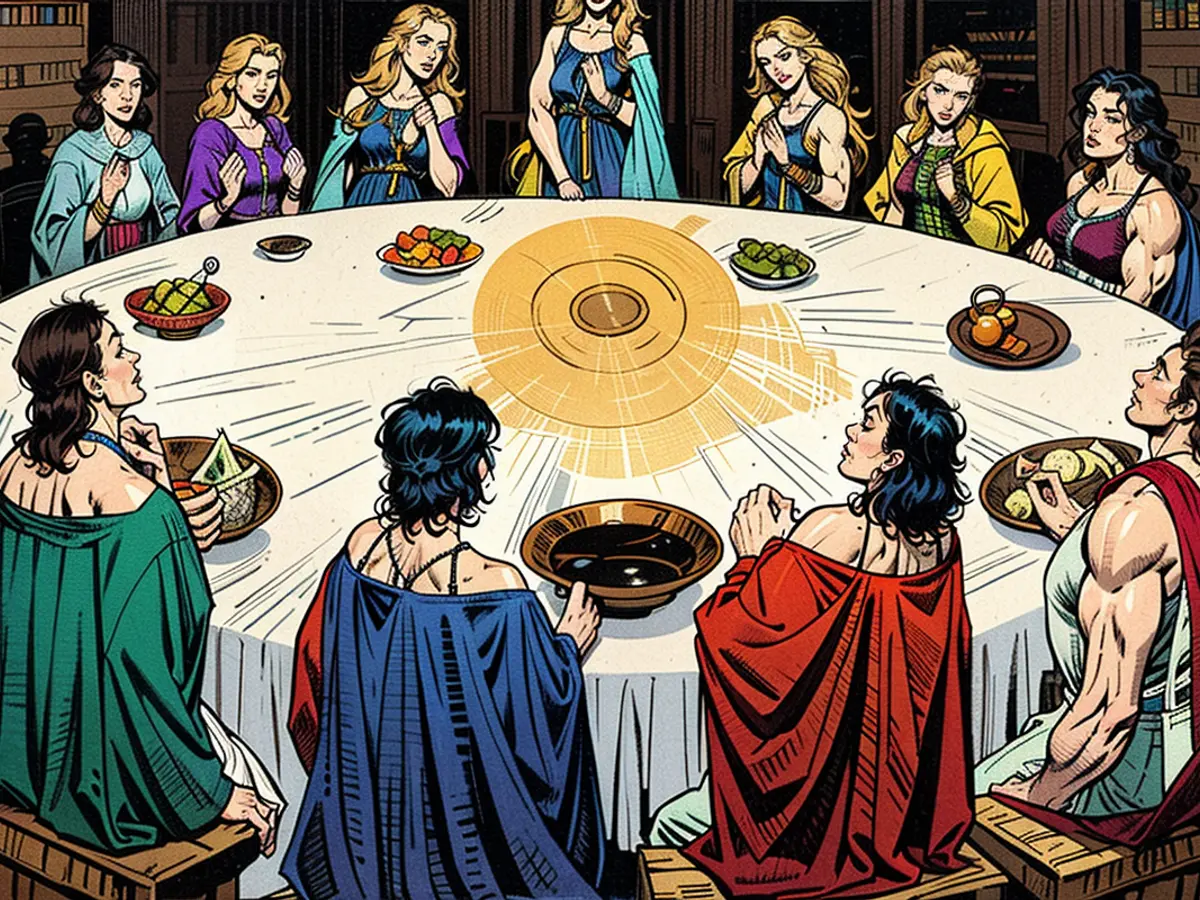
Initially, the Holy Grail was a sacred artifact for Christians, but its significance expanded throughout the centuries. It became relevant for others, especially King Arthur, starting from the Medieval period – thanks to chivalric poetry, observes Pierce.
A ninth-century French poem claimed that Joseph of Arimathea had captured Christ's blood in the Grail during the crucifixion and later transported it to Glastonbury in England.
"Thisidea was blended with Celtic, Irish, Welsh, and pre-Christian legends about objects imbued with power," Pierce explains.
The term "grail" in English originally referred to a deep dish, serving platter, or even a cauldron belonging to ancient British kings, as per legendary tales.
By the 12th century, Chrétien de Troyes' poem "Perceval, the Story of the Grail" featured King Arthur, the Knights of the Round Table, a chivalrous quest, bloody lance, and a glittering grail – a serving platter with miraculous healing powers.
By the 15th century, Perceval had transformed into Galahad, Lancelot's son, who embarked on a quest for the grail, discovered it, and chose to die following a heavenly revelation. Galahad had the power to heal the sick and perform miracles, just like Jesus.
Discovering the Holy Grail in Your City
When a city claims to possess the Holy Grail, representatives from the related cathedral tend to be unresponsive to media inquiries. For instance, the Cathedral of Valencia and the Italian cathedral of Genoa – home to the Sacro Catino, a brilliant glass bowl once suspected to be the Grail but now believed to be a 9th or 10th-century Islamic artifact – refused to comment.
Nonetheless, someone who confidently believes she has the Grail in her hometown is Margarita Torres Sevilla, a medieval history professor at the University of Léon in Spain.
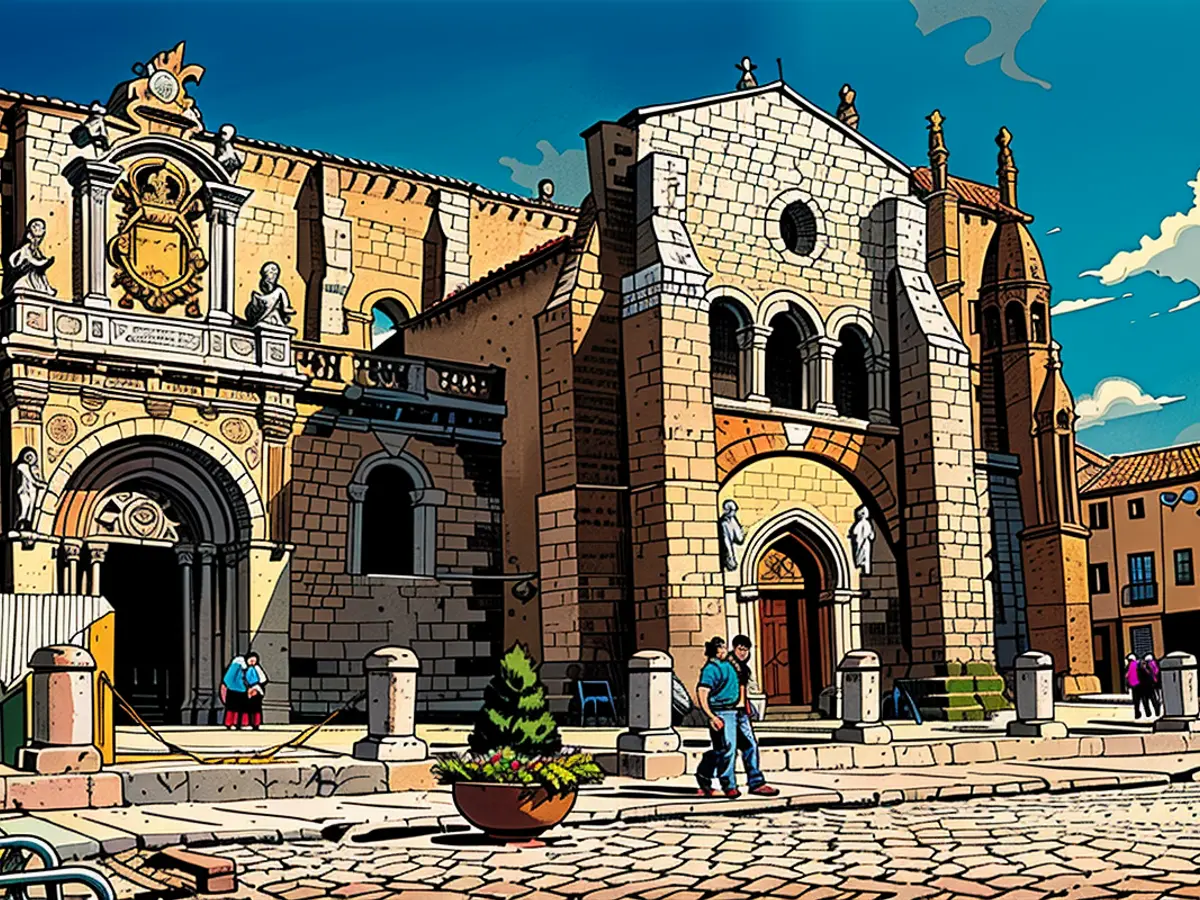
In fact, it was Torres who concluded that the supposedly ordinary medieval chalice in her city was, in fact, the Holy Grail.
In 2010, she and colleague José Miguel Ortega del Río delved into the Basilica of San Isidoro's medieval history museum in Léon, where part of the royal dynasty of Léon and Castile's resting place is located. They discovered items that lacked relevant documents.
"Some sources were from Islamic countries but didn't have proper references," she explains. Among them was the "chalice of Doña Urraca" – a gold-adorned, jeweled onyx chalice that supposedly had arrived in Spain as a diplomatic gift from Egypt in the medieval period.
Torres and Ortega del Río delved further into its past, requesting records from Cairo's Al-Azhar University. They discovered something astounding: in the 11th century, there was a great famine in Egypt, and the caliph had requested aid from other Islamic nations.
A parchment from the 14th century, present in Al-Azhar's library, revealed that the taifa (ruler) of Dénia had provided Egypt with food supplies. Dénia, situated near modern-day Valencia, was under Muslim rule at the time.
The parchment continued, saying that the ruler of Dénia had also requested "the cup referred to by the Christians as the Cup of the Messiah ... used during the celebration with his disciples," possessing "extraordinary medicinal powers" according to Christians, with a caveat that "men of science and doctrine disregard it."
Ali bnu Muyahid ad-Danii, the ruler of Denia, had asked for it to be sent to the King of Léon to strengthen their alliance, the parchment concluded.
Last year, Leon assaulted Valencia, causing concern for those in Denia as war drew near. It seemed the taifa sought to appease King Ferdinand I of Leon, who suffered from kidney stones. The taifa believed the miraculous cup could help, acting as a potential cure.
An old parchment, from the 14th century, purportedly contains a letter from Salah ad-Din Yusuf ibn Ayyub (Saladin), the 12th-century sultan of Egypt and Syria. Saladin asked for the "fine shard" of the "holy stone" or "cup" that fractured during its journey to Denia, hoping its powers could save his sick daughter.
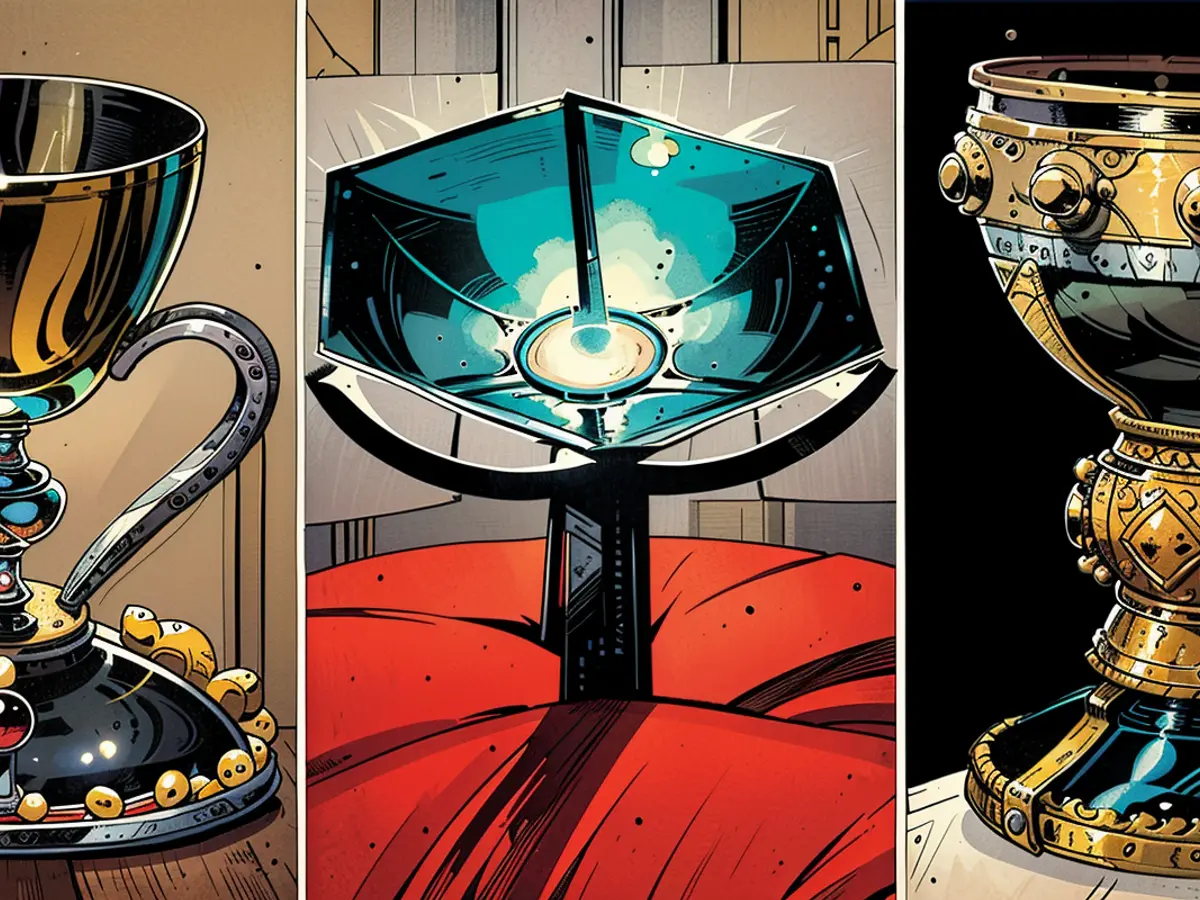
According to the document, she was healed by the "piece of stone placed upon her body." The shard was then carefully stored in the Islamic public treasury.
Once again, they investigated the cup in Leon's church. "We found a cut on the cup, as the parchment described," says Torres. "We knew we were handling a hot potato."
Torres and her team claim to have dated the onyx cup to the first century. They believe Princess Urraca, Ferdinand's daughter, melted down all her jewelry to adorn the chalice with riches. They even identified what they considered to be the onyx cup in a painting of the Last Supper at San Isidoro's royal pantheon, where the dynasty is buried.
However, not everyone shares these beliefs. One Oxford professor called it "stupid" to claim the cup belonged to Jesus, even if it dated back to Roman times.
Torres likens her situation to that of Indiana Jones before finding the Grail. "He took a leap of faith and began his search," she says. "Our feelings were the same."
Despite their differing beliefs, Torres' colleagues – a Christian woman and a non-religious man – remained skeptical.
Comparing the idea of a princess melting down her jewelry to cover a damaged cup with gold to a wealthy individual destroying personal belongings to mend a toy, Torres believes the notion is absurd.
Torres can't guarantee the cup is the one used by Christ, only stating that the Jerusalem-venerated cup from the 4th to 11th centuries could be the same as the one in Urraca's chalice. She explains her lack of knowledge concerning the cup's history between the first and fourth centuries.
Despite her uncertainty, Pierce, who no longer believes in the existence of the Grail, maintains that artifacts like the chalice of Urraca hold cultural significance.

She likens the Grail search to the Shroud of Turin. Though she's skeptical it belongs to the true Jesus Christ, she believes there's still worth in its story and history.
Schmalz, who doubts the Grail remains, doesn't disdain all relics but uses to wear a piece of Pope John XXIII's vestment. He lost the relic and blamed a demonic attack, but he acknowledges their religious and symbolic cultural importance.
If the Grail exists, Schmalz believes it would resemble the straightforward cup associated with a humble carpenter. Is it the Holy Grail in Leon, Valencia, or any of the 200 alleged locations? We'll never know.
But one thing is undeniable – the belief in that simple cup associated with a carpenter will continue to captivate the public consciousness for centuries to come.
In the realm of Christian tourism, Valencia's cathedral attracts visitors with its claim that the "Santo Cáliz," or "holy chalice," is the same cup Jesus Christ used at the Last Supper. According to the cathedral's website, this belief stems from the tradition that St. Peter transported the cup to Rome before sending it to Spain in the third century CE.
Many other cities around the world, such as Valencia, León, Genoa, and Glastonbury Tor, lay claim to being the rightful home of the Holy Grail, sparking a continuous fascination and debate among devout followers and history enthusiasts alike.
Read also:
- Fear of escalation in the Middle East: US Secretary of State Blinken travels to the region again
- Government circles: US Secretary of State Blinken to travel to Middle East again
- Bridging days 2024: How you can double your vacation this year
- Germany has wanderlust: how tour operators and airlines are looking ahead to the next travel year








